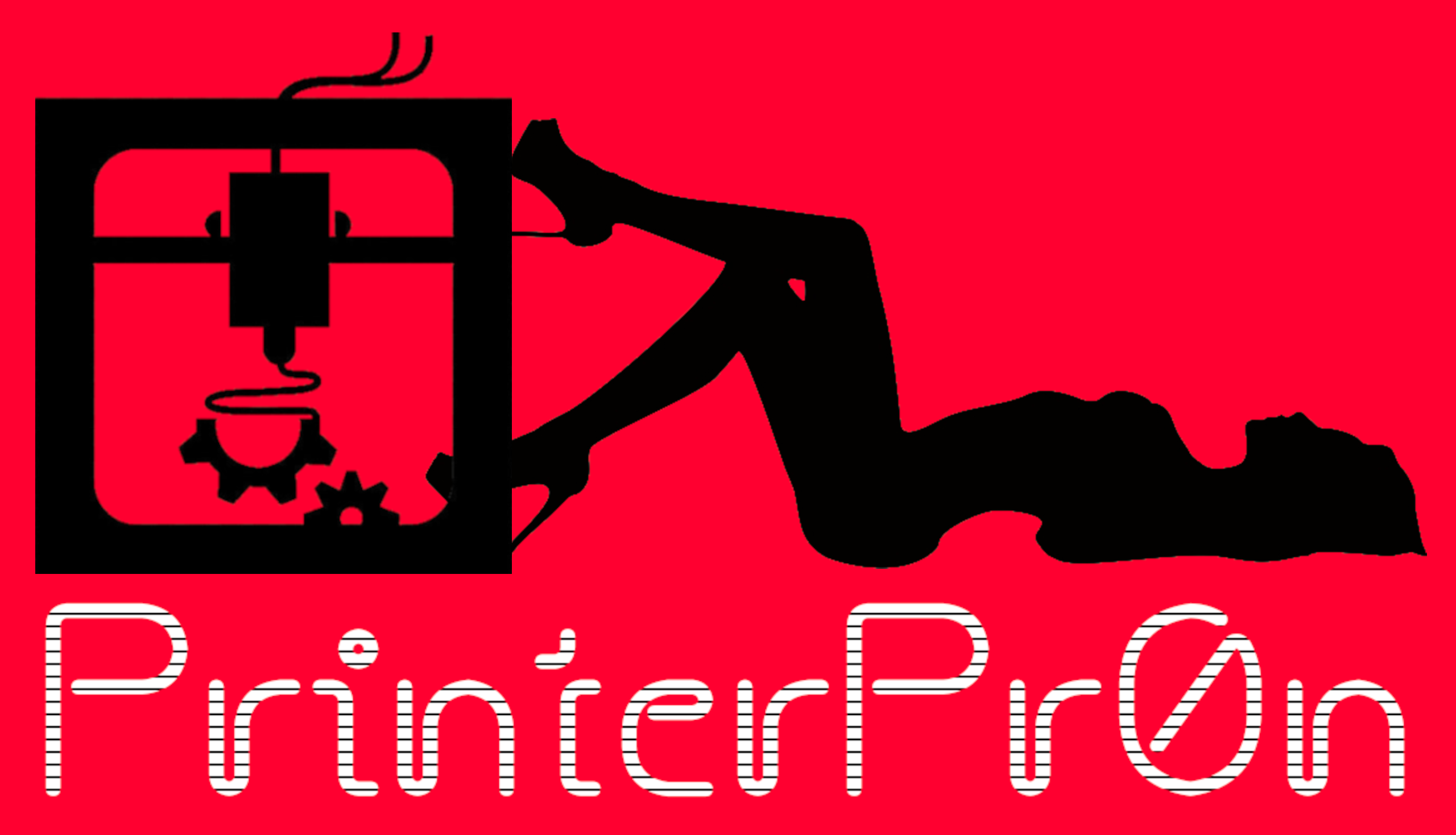Fused Deposition Modeling (FDM) is one of the most popular 3D printing technologies, appreciated for its accessibility and versatility. At the heart of FDM 3D printing are filaments, the materials that get melted and deposited layer by layer to create three-dimensional objects. With a growing array of filament options available, understanding the different types is crucial for achieving the desired results in your 3D prints. Let’s dive into the fascinating world of FDM filaments and discover their unique characteristics and applications.
1. PLA (Polylactic Acid)
Polylactic Acid, or PLA, is one of the most beginner-friendly and commonly used filaments. It is derived from renewable resources like cornstarch or sugarcane, making it biodegradable and environmentally friendly. PLA is easy to work with, boasts low warping, and requires minimal heating of the build plate. Its vibrant colors and glossy finish make it an excellent choice for aesthetic prints, such as prototypes, toys, and decorative items.
2. ABS (Acrylonitrile Butadiene Styrene)
Acrylonitrile Butadiene Styrene, or ABS, is another popular filament known for its durability and impact resistance. It withstands higher temperatures than PLA, which makes it suitable for functional parts like automotive components, enclosures, and tools. However, ABS can be prone to warping and emits fumes during printing, so adequate ventilation is crucial.
3. PETG (Polyethylene Terephthalate Glycol)
PETG is a versatile filament that combines the best features of PLA and ABS. It offers excellent layer adhesion, reduced warping, and good temperature resistance. PETG is commonly used for mechanical parts, food-safe containers, and applications where a balance between strength and ease of printing is required.
4. TPU (Thermoplastic Polyurethane)
For flexible and elastic prints, Thermoplastic Polyurethane (TPU) is the go-to choice. TPU filaments are known for their stretchability and resistance to abrasion and impact. They are used in applications like phone cases, shoe soles, gaskets, and prosthetics. Printing TPU may require specialized settings due to its flexible nature.
5. Nylon
Nylon filaments offer exceptional strength, durability, and chemical resistance. They are favored in industrial applications such as gears, bearings, and functional prototypes. Nylon absorbs moisture from the air, so it’s important to store it properly and dry it before printing for optimal results.
6. PVA (Polyvinyl Alcohol)
Polyvinyl Alcohol (PVA) is a water-soluble filament often used as a support material for complex prints. It dissolves in water, making it ideal for creating intricate, overhanging structures that would be challenging to remove with traditional support materials. PVA is often paired with PLA and other filaments.
7. HIPS (High Impact Polystyrene)
High Impact Polystyrene (HIPS) is another support material commonly used in FDM 3D printing. It is soluble in limonene, an easily accessible solvent. HIPS provides stable support structures, especially for ABS prints, and can be dissolved after printing, leaving a clean and smooth finish.
8. Wood and Specialty Filaments
Filament manufacturers have pushed the boundaries by introducing specialty materials that incorporate wood fibers, metal powders, or even carbon fiber. These filaments offer unique aesthetic and mechanical properties, enabling the creation of prints that mimic wood, metal, or are exceptionally strong and lightweight.
Conclusion
The world of FDM 3D printing filaments is rich and diverse, offering a wide range of materials to suit various needs and applications. Whether you’re a beginner looking for ease of use or an experienced user seeking specific properties for your prints, there’s a filament type that can help you achieve your goals. As 3D printing technology continues to advance, we can expect even more exciting developments in the world of FDM filaments, opening up new possibilities for creativity and innovation.
